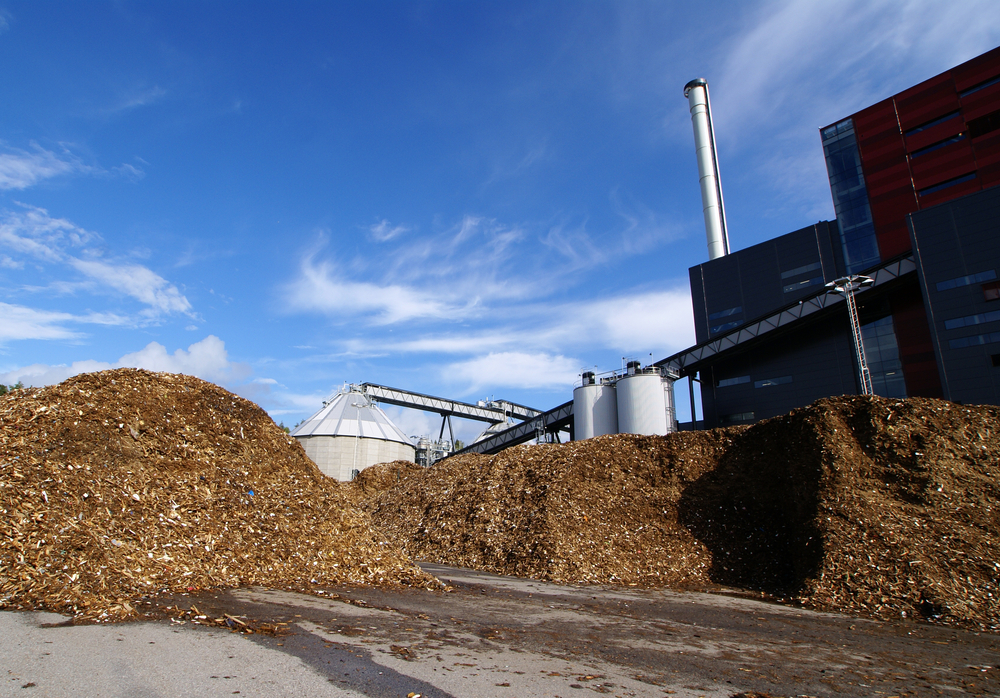With a shortage of fodder on many farms, straw is being looked at as a crucial fibre source for the inclusion in the diets of livestock over the coming winter.
In previous years, it made economic sense to use straw as a bedding option for livestock. However, as prices off the field are ranging from €20 up to €35 for a 4X4 bale, 2018 may be the year to look at alternatives.
Speaking at a recent meeting of the Inter-Agency Fodder Committee in Tullamore, Teagasc’s Tom Coll presented delegates with a number of viable alternatives, including: woodchip; peat; and rushes.
Firstly and most importantly for a bedding material, Tom compared the absorbency of straw, woodchip and peat.
“Straw will absorb about 2.5 times its own weight in water, woodchip will absorb 2.54 and peat is very absorbent; it absorbs about 10 times its own weight in water.”
Woodchip
According to Teagasc, there’s scope to use woodchip for indoor bedding, although there’s little experience of this in Ireland.
In Moorepark, when calves were reared on 25cm of wood chip, the surface became moist and the woodchip retained moisture.
In the UK, the recommendation is to initially place 10cm of woodchip and top up as required, which is generally every seven-to-10 days; but this is very dependent on the diet. Woodchip, in general, is very suitable as bedding; animals stay clean and there is little dust.
When it comes to sourcing woodchip, Tom said: “Ideally, you’re looking for a moisture content of less than 20%, but it needs to be less than 30%.”
Coarse woodchip is preferred and it is better to secure a supply in the summer as it is likely to be drier. It is recommended to compost spent woodchip for two or three years.
Another issue associated with woodchip is disposing of the spent material. He added: “When it’s decomposing, it uses a lot of nitrogen and it can leave the ground very hungry for a year or two afterwards.”
Teagasc also looked at the cost of woodchip as a bedding material. The research and advisory body found that a 100m3 load – weighing approximately 20-25t – will cost approximately €1,230 delivered (including VAT).
Peat
Touching on peat as a bedding material, Tom said: “There are no issues with animal health and it’s very acidic. The pathogens don’t really survive in it.”
Peat, Teagasc says, is a highly-absorbent material, which keeps livestock warm, clean and dry with minimal labour.
The bedding is cost effective, can last for months and can be immediately spread on the land after use. This action adds nutrients and conditions your soil without depleting nitrogen levels the way straw and woodchip do.
Gurteen Agricultural College has used peat for bedding dry cows and weanlings for a number of years. It has found a deep layer works best.
76cm (2.5ft) is placed in the back of the pen and it slopes down to 25cm (10in) near the slats, where the animals feed.
A double slat is used to prevent the peat spilling into the slatted tank. When the top layer becomes wet, the whole lot is dug up, placed out into the yard, mixed up and put back in.
350m³ (14 silage trailer loads) were used in the winter of 2017/2018 to bed 50 dry cows and 140 weanlings for five months. The experience of other farmers is that bedding with a 15cm layer is simpler in that it can be topped up or cleaned out as required.
Tom said: “The calves might be a bit dirtier on peat than they would on straw; but from a health point of view, there’s no real issue.”
As above, Teagasc has also completed costings of peat as bedding material. Bulk peat is more available in the midlands, with an artic load (93m³ or 27t) costing €1,581 (including VAT), delivered a distance of about 70km.
Rushes
Tom noted that a lot of farms in the west have cut and baled rushes and there’s demand in the marketplace for the product.
However, he said: “The absorbency of the rush wouldn’t be that great – even when it’s dried out. It may be useful as a base layer under woodchip to limit your straw usage.
The absorbency would be questionable and the other issue is seed.
Spreading the spent bedding material on productive silage ground, Teagasc says, will reduce the risk of establishing a new crop of rushes. As it stands, rushes are trading from €8/bale and up.
Relative cost to straw
Based on a cost of €25/bale of straw, the cost to bed a 200kg suckler calf for a week, Tom said, is €1.19/week on straw.
“Wood chip is coming in at €56/t, so it’s €1.07/day and the peat is probably the cheapest of the lot of them at the minute at €0.87/week.”



